Stellaris: Apocalypse DLC packs quality changes that are well worth the price
Instead of simply waging war with a faction that refuses to bow down to you, why not take a colossal ship for a spin and destroy a few planets?
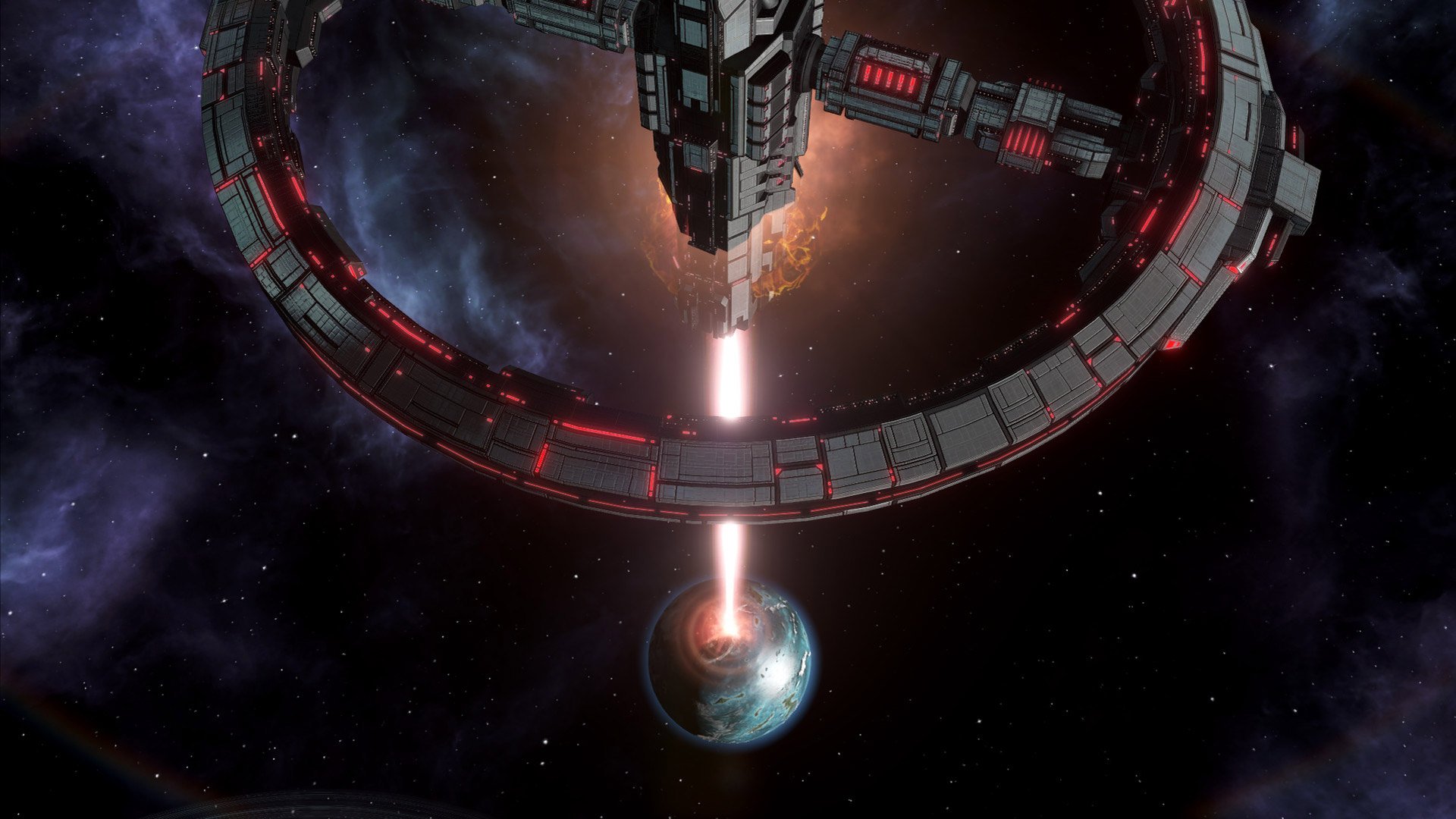
Paradox Interactive has released Apocalypse, the latest optional DLC for the popular 4X strategy game Stellaris. The developer also rolled out a free update that bumps the game up to version 2.0, implementing a bunch of improvements. With or without Apocalypse, the game has been completely reworked with new challenges, features and balance alterations.
Even after numerous patches and expansions, Stellaris still had a few nagging issues. It was only viable to pour all your fleet into a single "doomstack" to match what the computer would do, and there was a rather strange war system in place with no real way of playing a defensive civilization without a few hiccups. The development team finally got around to addressing these more pressing issues, but they required some radical changes.
The BIG Apocalypse
Apocalypse itself is a large piece of DLC, adding some new features. The bulk of the content and improvements come with the free patch, but it's an expansion that's still worth checking out — especially if you find that current ship classes are simply too small. First up, empire leaders now have two new classes of ship to play around with. The Titan is a huge ship that serves as the flagship of a fleet, packing special abilities and more, while the Colossus is a behemoth with planet-killer weaponry.
Yes, you read that correctly; planet-killing weapons. No Alderaan is safe in Stellaris.
A new challenge perk allows you to colonize only one planet.
New ships wouldn't be anything without some countermeasures and the ion cannon is just that. It can be installed on an existing station as a defensive platform. There are also some new ascension perks, which can prevent warring factions from reverse-engineering debris and allow for the abduction of the population while bombarding planets.
Get the Windows Central Newsletter
All the latest news, reviews, and guides for Windows and Xbox diehards.
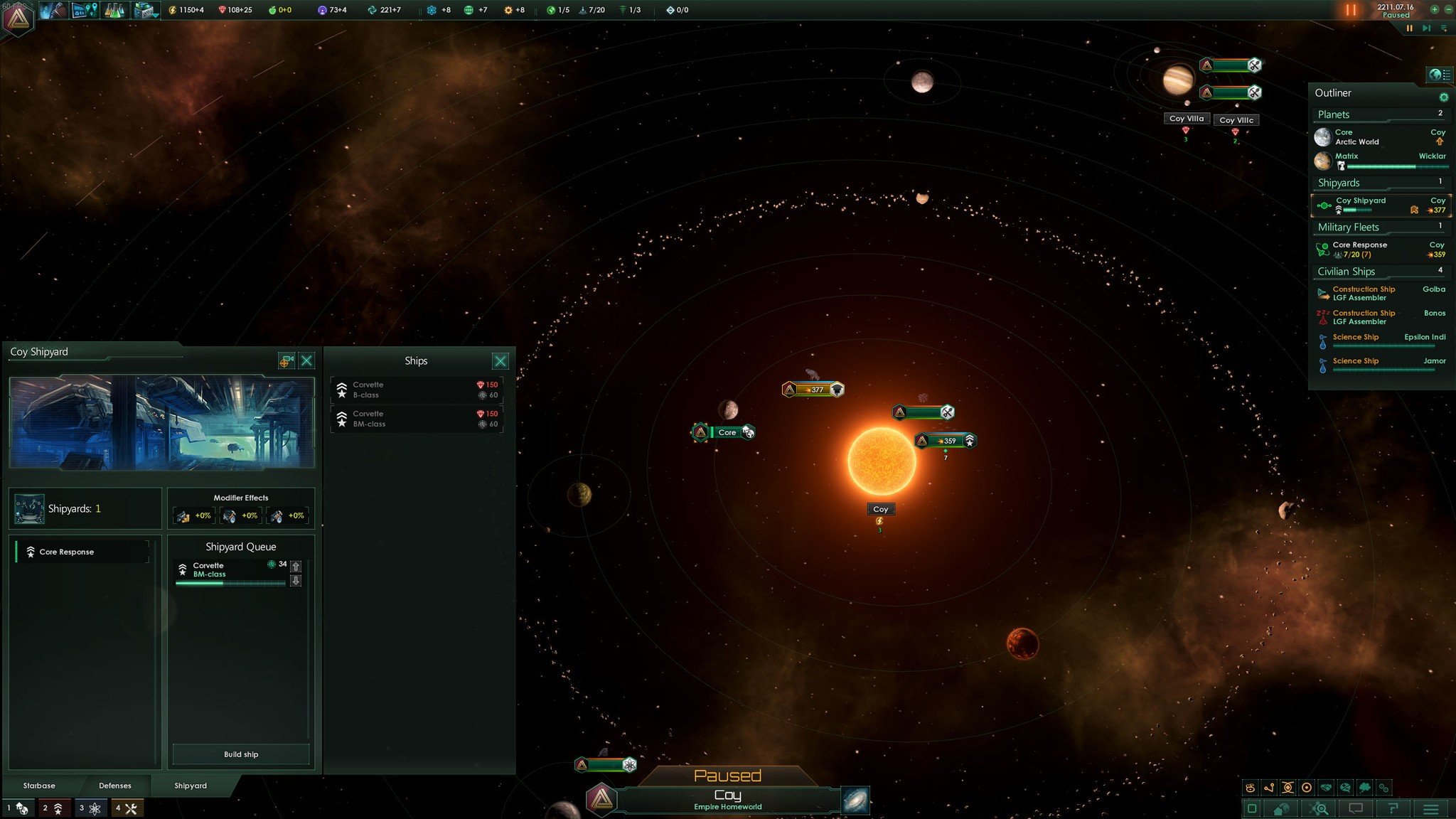
And a civilization can be kitted out with some neat traits, including the ability to have a size 25 Gaia homeworld, but with the inability to colonize any other planet, raiding and abducting populations like true pirates, or even become a post-apocalyptic species that can call other tomb worlds "home." The new perks come with unity ambitions, three excellent tracks by Andreas Waldetoft, and a new non-playable faction: marauders.
Free improvements
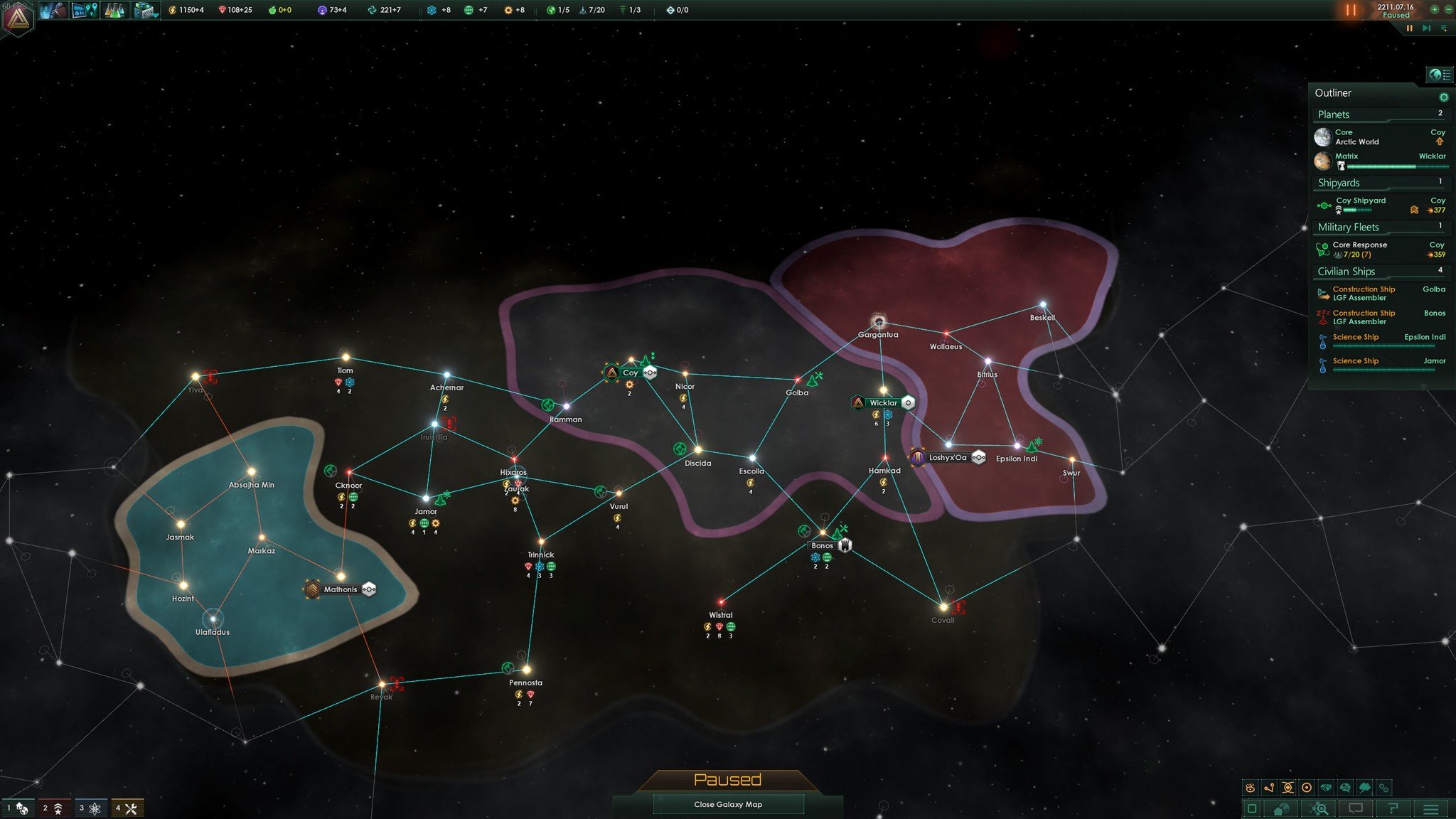
I love it when developers not only release DLC expansion packs, but also free updates alongside them for everyone to enjoy. Paradox has remained true to this by publishing version 2.0 of the base game. This latest update to Stellaris completely changes the way you approach the galaxy. Borders now mean something, and travel is initially restricted to hyper lanes, both allowing for defensive play, which was rather difficult with multiple modes of travel.
The Faster Than Light (FTL) system has been completely reworked, removing both wormhole (my personal favorite) and warp travel from the beginning of a game. While they can be unlocked as you progress through the technology tree, both means of movement have been altered, so you'll need to use wormholes and existing gateways. Finally, jump drives allow for fleets to make instantaneous jumps that have long cooldowns and repercussions.
The way you go about moving around the map has changed, but so too has the way you control stars. The border system has also been reworked. No longer does your border naturally expand. System ownership is determined by who builds (or controls) the starbase. A system must be fully surveyed before you're allowed to build a starbase. This new system makes expansion more meaningful, and more expensive.
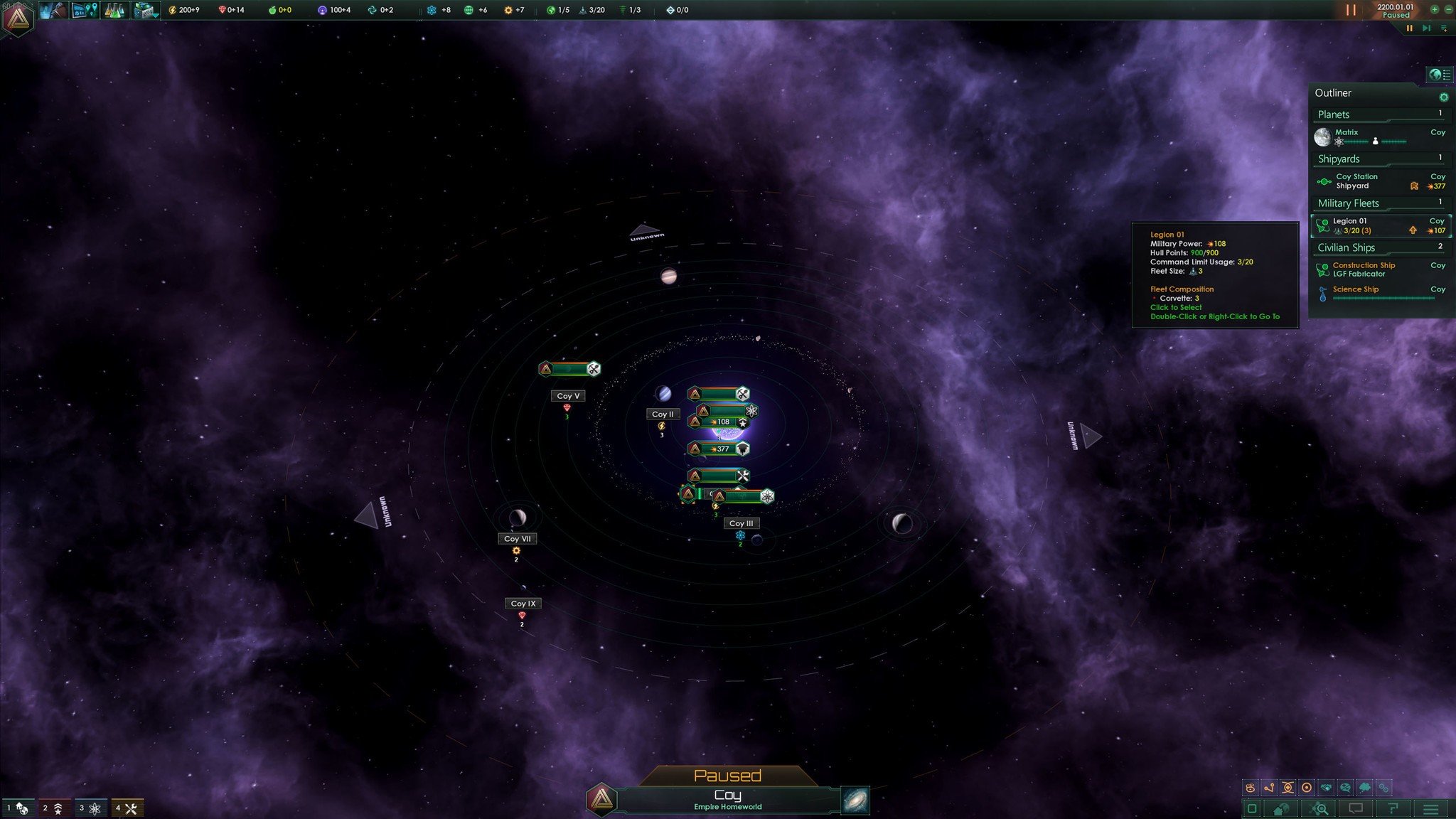
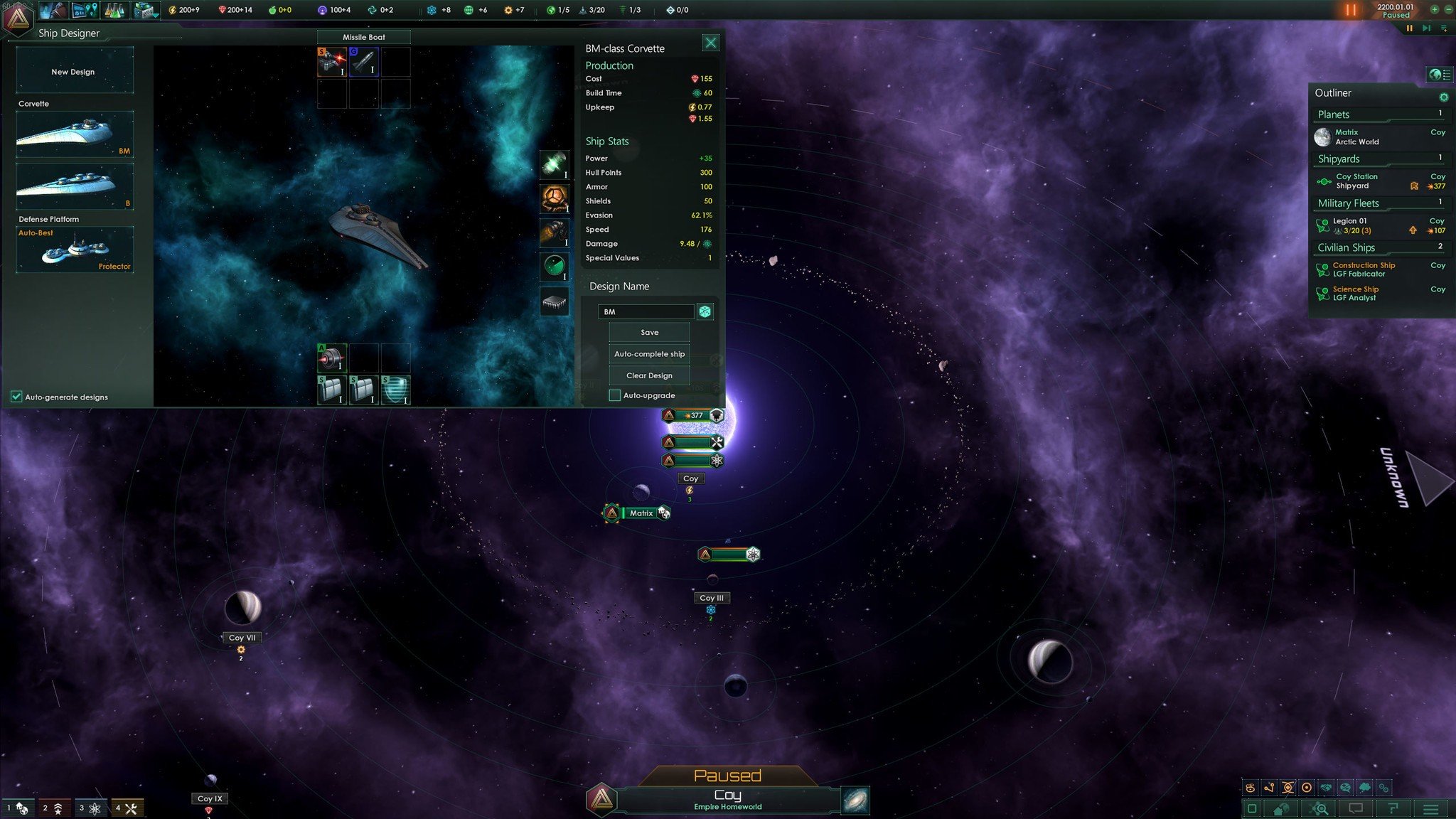
These new starbases can be upgraded to citidels. Each level (up to five) allows for more modules to be installed. For example, the starbase you begin a game with has a shipyard module to allow for the building of ships. No longer do you build spaceports above individual planets. Finally, these floating bases can be equipped with powerful defensive platforms to ward off approaching hostiles. Here's a tip when you fire up the game: you build civilian ships from the planet interface and military vessels from the spaceport interface.
Doomstacks have also been dealt with ... sort of.
How Paradox has attempted to deal with doomstacking a fleet — throwing all ships into one fleet — is by putting a limit on how many ships can be in a single fleet. This restricts how many ships can take advantage of a single admiral's bonuses and makes it a little easier for a defending civilization to take on multiple attacking foes. Armies have also been reworked, removing attachments that were rather useless and rolling them into technologies. Defensive armies are no longer created but are generated by defensive buildings.
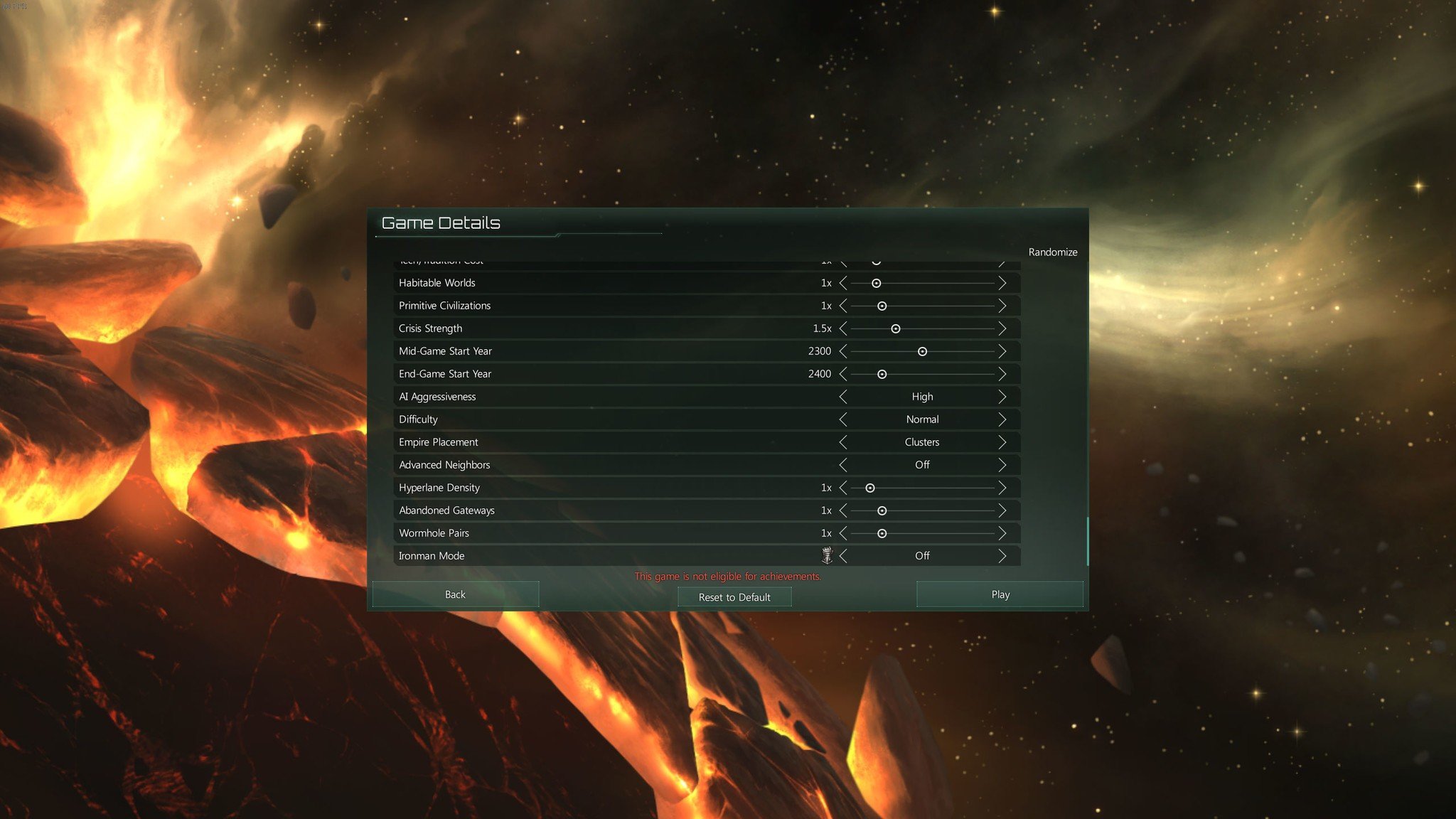
Individual ships and armies can now gain experience from combat and rank up, allowing for the formation of powerful fleets with veteran units. This is something I wanted from the beginning, which made sense if a ship you owned had survived multiple conflicts. And conflicts they will endure as pirates will now spawn in unowned systems and attack empire stations. All these new features take advantage of a tweaked UI with new elements to help make managing a bustling empire a little less stressful.
More details of the 2.0 patch can be found on the official Stellaris community forum. Version 2.0 is a substantial update and one that makes some killer changes to the game.
Go big or go home
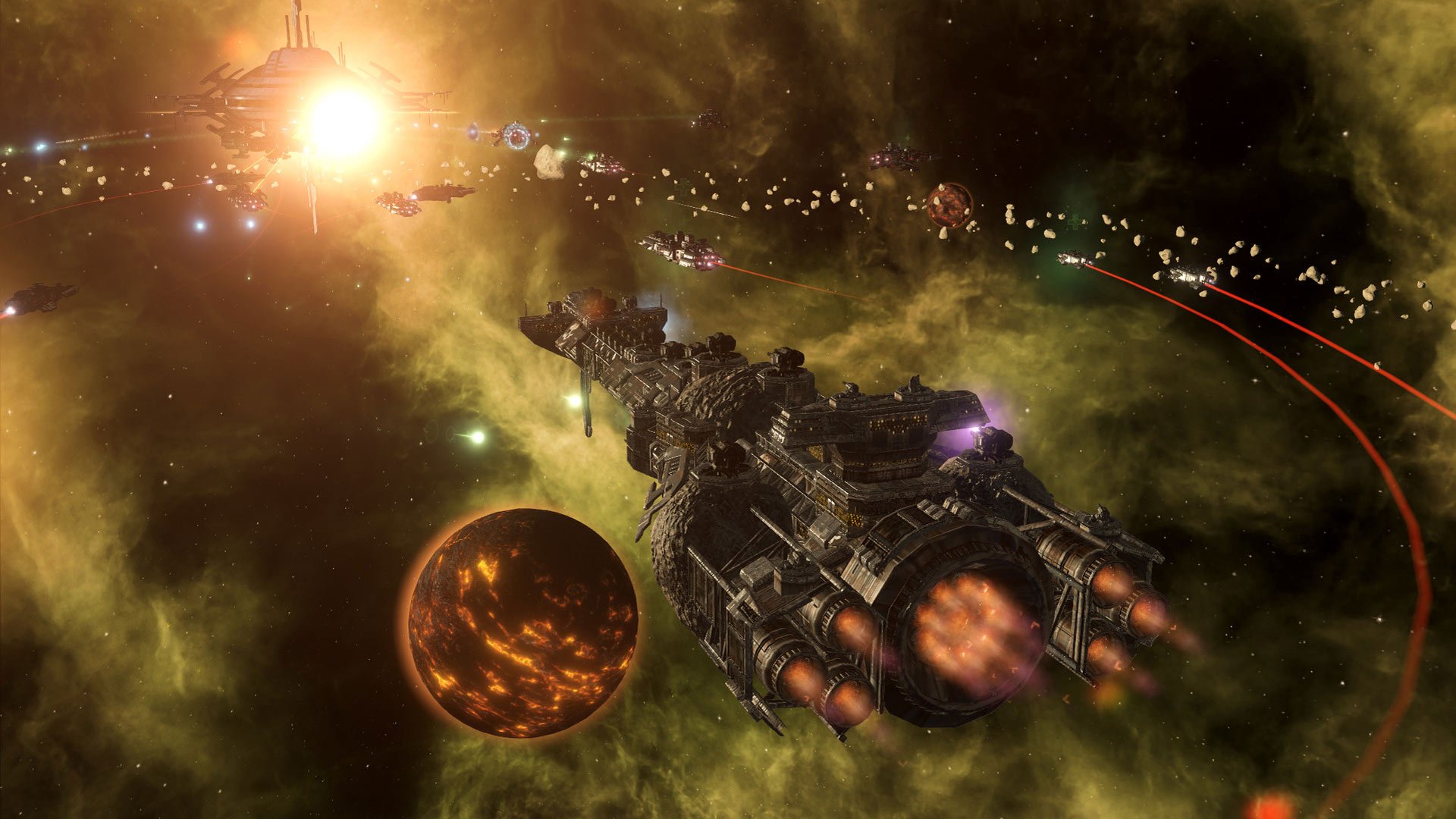
The massive free update is an excellent release for Stellaris, but is Apocalypse worth the price? As a long-time Stellaris fan, I say yes. The expansion adds new classes of ships, new weaponry, technologies, music, and a non-playable faction you can interact with throughout a playthrough. It's a nice complement to version 2.0 and is well worth picking up for anyone looking for a little more from their strategic experience.
This review was conducted using a copy provided by the publisher on a Windows 10 PC with an Intel Core i5-6600K, GTX 1070, with 16GB of RAM.

Rich Edmonds was formerly a Senior Editor of PC hardware at Windows Central, covering everything related to PC components and NAS. He's been involved in technology for more than a decade and knows a thing or two about the magic inside a PC chassis. You can follow him on Twitter at @RichEdmonds.
